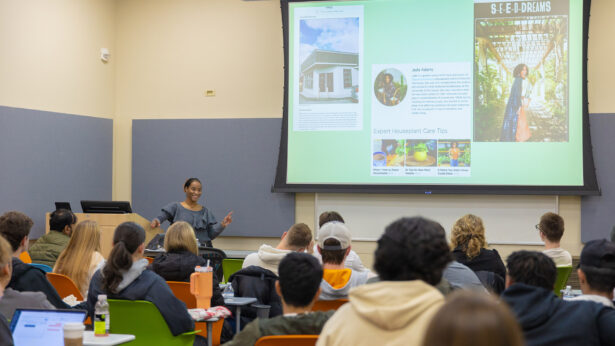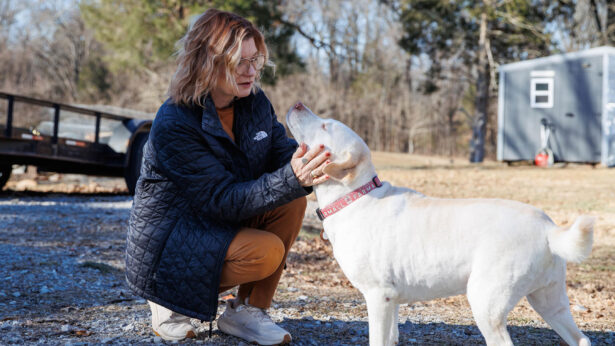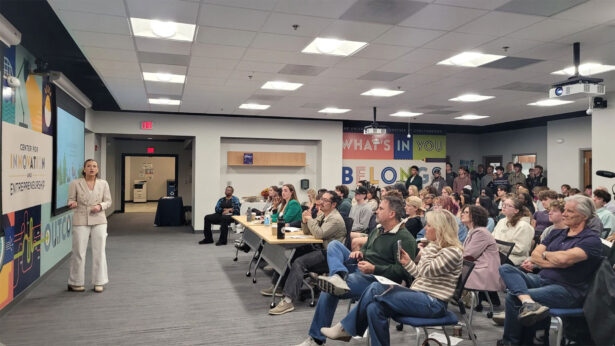Students who read together grow and learn together. That’s the simplified rationale for freshman reading programs at colleges and universities throughout the nation—and here at UT Knoxville and UT Chattanooga.
The premise is straightforward: incoming first-year students are assigned a book to read, and during their first semester, they discuss the book in classes and small groups. Campus activities are planned around the book, and sometimes the authors visit Tennessee to lecture. The goal is to stimulate critical thinking, conversations between people who might not otherwise speak, and creative response.
Thousands of students have experienced UT Knoxville’s communal reading program, called “Life of the Mind,” since it was initiated in 2003. This year’s selection is The Immortal Life of Henrietta Lacks, by Rebecca Skloot.
The book centers on the African American woman whose unique cervical cancer cells, taken during a biopsy in 1951 and cultured without her knowledge, have been integral in developing the polio vaccine, unlocking secrets of cancer and viruses, and contributing to the development of in vitro fertilization, cloning, and gene mapping. Borrowing the first two letters of Lacks’ first and last names, the cells are known as HeLa. HeLa cells have enabled a thriving research industry, but the Lacks family has never seen any of the profits. The book received a number of best-of-2010 awards and is being made into a movie.
A campus committee selected the book from more than 100 nominations. This year, for the first time, the Life of the Mind book was part of a new first-year studies course, FYS 100: The Volunteer Connection. All incoming freshmen were required to complete the zero-credit, pass-fail course between orientation and the first few weeks of class.
As part of the course, students read the book, attended a discussion session and lecture by the author, and completed creative projects.
UT Chattanooga’s program, the First-Year Reading Experience, featured The Boy Who Harnessed the Wind: Creating Currents of Electricity and Hope. Authors William Kamkwamba and Bryan Mealer tell the story of Kamkwamba at the age of 14 as he attempts to provide electricity for his village in famine-stricken Malawi. Using castoff parts, he builds a windmill to power lights and a water pump to help fight drought and hunger.
This was the first year for UT Chattanooga’s freshman reading program, which was established to promote community among new students and encourage interest in reading. The Boy Who Harnessed the Wind was selected by a committee of students, faculty, and staff. Kamkwamba visited Chattanooga to lecture on campus.



